The first and most enduring guide that can assist with UAP inquiry is Izaak Walton’s classic, The Compleat Angler (1653.) More than a guide to fishing, it’s the go-to inspiration for a distinctive genre of how-to-writing. It’s a lyrical, evocative, holistic meditation on a mood and mode for fishing that’s also packed with practical advice. Going on four centuries since its first appearance, Walton’s gem still inspires guidebooks in many genres that bill themselves to be “compleat” in their field. But the approach we take to investigate Unidentified Aerial Phenomena/ UFOs falls short of Waltonian compleatness. We need to learn from him.
A modern classic niche guide is Unconventional Flying Objects: A Scientific Analysis (1995) by Paul Hill. The author pressed forward with a remarkable rolled-up sleeves, scientific guide on how to back-engineer from observed UFO/UAP technologies, a know-how certainly far beyond any country’s current or imminent state of the art. It’s complete in that respect. He even wrote daringly on UFO occupants and their motives for showing up. But Hill did draw limits.
He cautioned that “Some degree of technological sense has to be made of the unconventional object, even to make ‘seeing believing.’ Otherwise, we are still apt to be in mythology, or dealing with the occult. If there be any doubt about this, look how members of occult groups have grabbed the ball and are sprinting with it. They have now been joined by a few parapsychologists who do little better.” But consider another view that embraces much that Hill seems to have considered and rejected.
Jacques F. Vallée and Eric W. Davis move beyond an ET are all from around here (this universe) paradigm in Incommensurability, Orthodoxy and the Physics of High Strangeness: A 6-layer Model for Anomalous Phenomena. They identify phenomena that, at the least, may exceed by centuries the reach of our most visionary aerospace designs—or maybe don’t fit such paradigms at all. Just some of the UAP manifestations they cite involve “sinking into the ground…shrinking…, growing larger, or changing shape on the spot…dividing into two or more objects…merging in to one… producing missing time… communication without a direct sensory channel.”
Vallée and Davis argue “Everything works as if UAPs were the product of a technology that integrates physical and psychic phenomena and …manipulation of physiological and psychological parameters in the witnesses.” One way to interpret implications of their view is that if/when we reel in a UAP, the catch may defy full technological study, mounting and display within the rules of our known universe. This takes us back to Izaak Walton.
The Compleat Angler envisions recreational fishing as part knowledge and technique, part the company fishermen keep, part relationship to the environment, and part evoked state of mind. Similarly, witness accounts point towards the requirement for an equally holistic approach to the UFO/UAP mystery. The full UAP picture requires more than blueprints. It needs to encompass as well environmental, temporal and psychic impressions and effects, however ephemeral they may sometimes be.
It will be an epochal moment when our scientists and engineers build the first craft that fully matches the flight performance of UAPs coming here all the way from there (wherever “there” is). But someday, this great achievement may come to be understood as relatively low hanging technological fruit, when compared to a grasp of incommensurable UAP characteristics that defy our commonly accepted models of reality. Until we get there, our best models won’t yield more than Incompleat UAP.





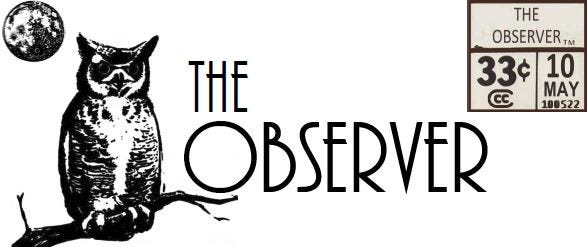


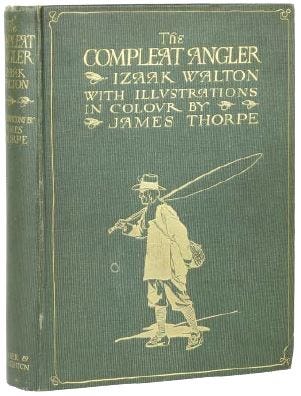
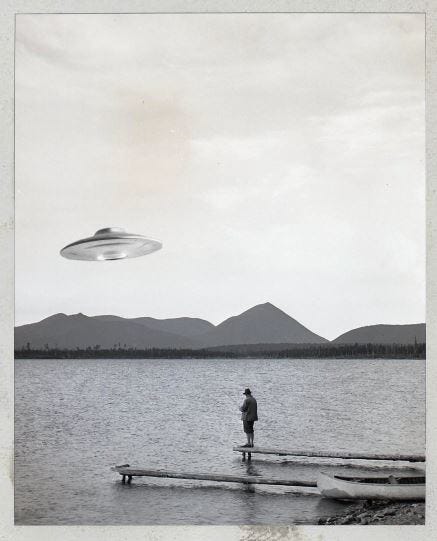
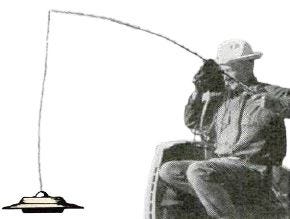

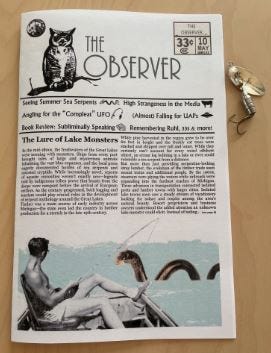

Please stop with the UAP designation that tips its hat to the Pentagon narrative. Let's get back to calling them UFOs or flying saucers. Ufology is a mess, but maybe we can at least agree on this one little thing.